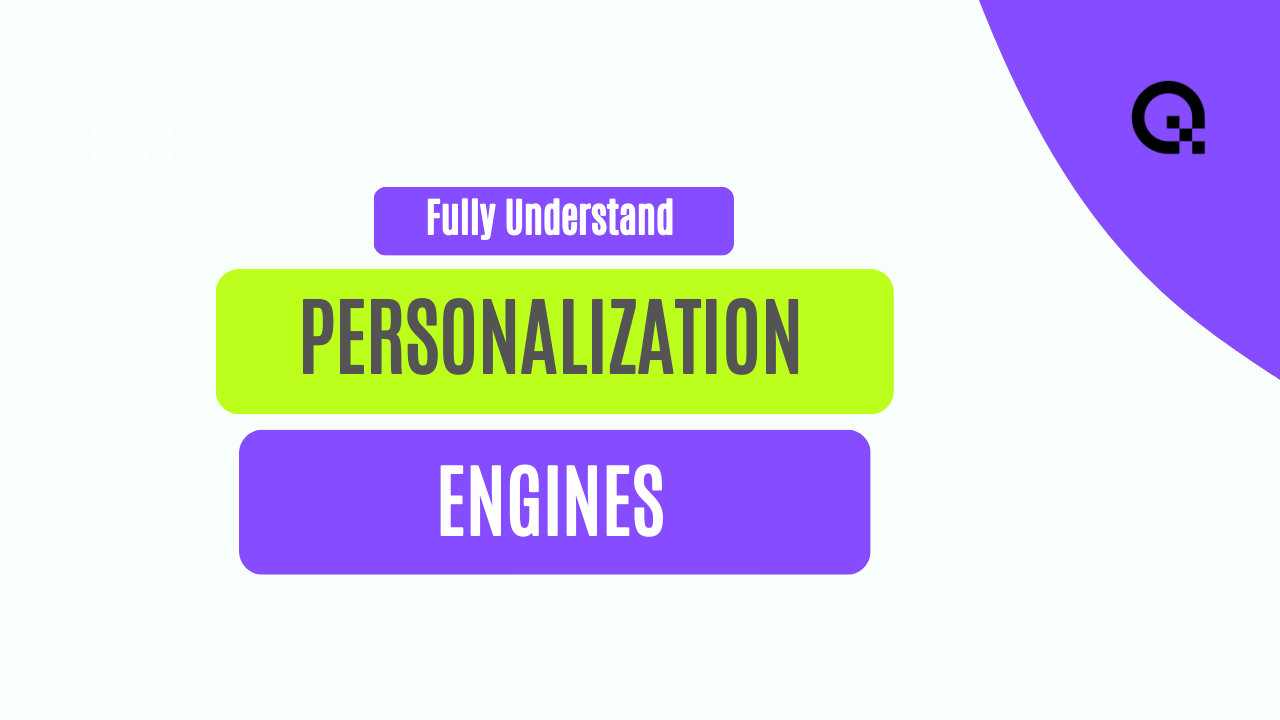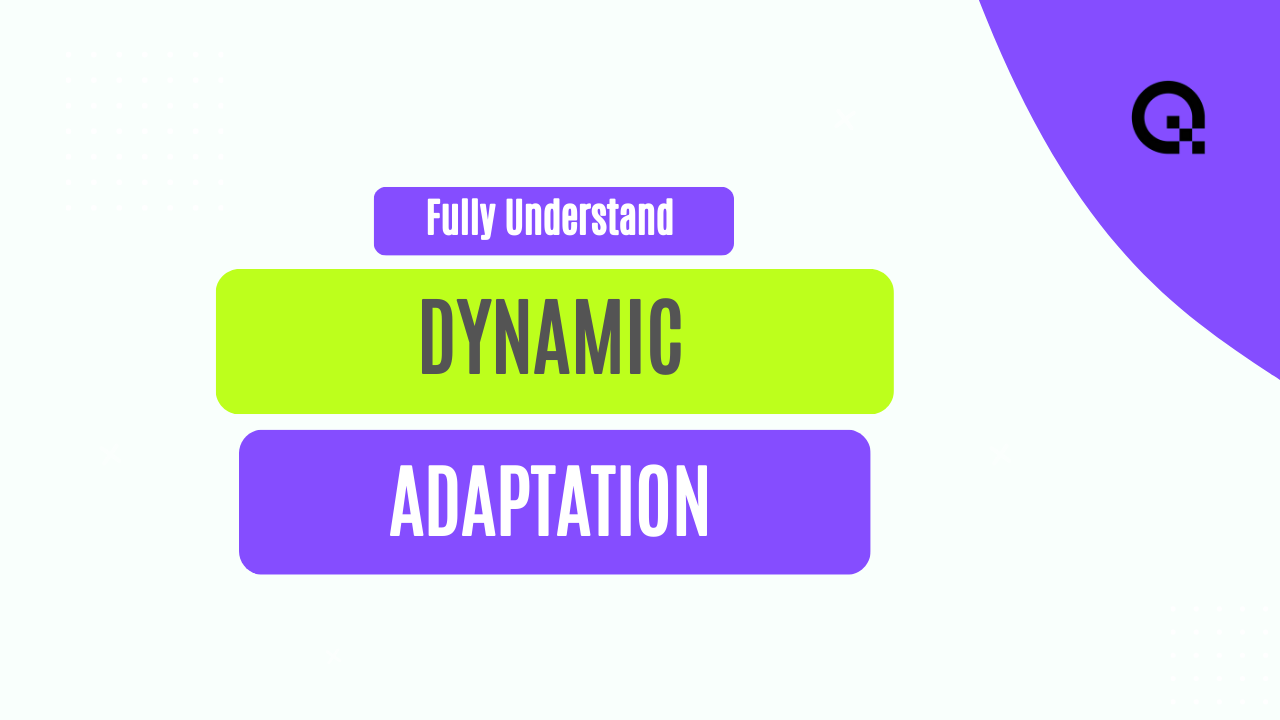The Power of Intent-Based Content Personalization
Content personalization is a crucial aspect of digital marketing that allows brands to connect with their audience on a deeper level. By tailoring content to meet the specific needs and preferences of individual users, businesses can enhance engagement, drive conversions, and build long-lasting relationships.
Understanding Intent-Based Content Personalization
Intent-based content personalization takes this concept a step further by focusing on the intent behind a user's online behavior. It involves analyzing data such as search queries, browsing history, and social media interactions to determine what a user is looking for and why.
By understanding the intent behind a user's actions, brands can deliver highly relevant and targeted content that resonates with their audience. This approach goes beyond demographic information and surface-level preferences to create a more personalized and meaningful experience for users.
The Benefits of Intent-Based Content Personalization
There are several key benefits to implementing intent-based content personalization in your digital marketing strategy:
1. Enhanced User Experience: By delivering content that aligns with a user's intent, brands can provide a more seamless and enjoyable browsing experience.
2. Increased Engagement: Personalized content is more likely to capture users' attention and keep them engaged with your brand.
3. Improved Conversions: When users find content that meets their specific needs, they are more likely to take action, whether it's making a purchase, signing up for a newsletter, or sharing the content with others.
Best Practices for Implementing Intent-Based Content Personalization
To effectively leverage intent-based content personalization, consider the following best practices:
1. Data Collection and Analysis: Utilize tools and technologies to gather data on user behavior and preferences, and use this information to create personalized content recommendations.
2. Dynamic Content Delivery: Implement dynamic content delivery systems that can adapt in real-time based on user interactions and intent signals.
3. A/B Testing and Optimization: Continuously test and optimize your personalized content to ensure it resonates with your audience and drives the desired outcomes.
Case Studies: Successful Implementation of Intent-Based Content Personalization
Several brands have successfully implemented intent-based content personalization strategies to drive engagement and conversions:
1. Amazon: The e-commerce giant uses intent data to recommend products based on users' browsing and purchase history, leading to increased sales and customer satisfaction.
2. Netflix: The streaming service leverages user behavior data to personalize movie and show recommendations, keeping users engaged and subscribed to the platform.
3. Spotify: By analyzing listening habits and preferences, Spotify delivers personalized playlists and music recommendations that resonate with each user.
Conclusion
Intent-based content personalization is a powerful strategy for brands looking to connect with their audience on a deeper level. By understanding and catering to the intent behind user actions, businesses can create more meaningful and engaging experiences that drive results. Implementing best practices and learning from successful case studies can help brands unlock the full potential of intent-based content personalization in their digital marketing efforts.



